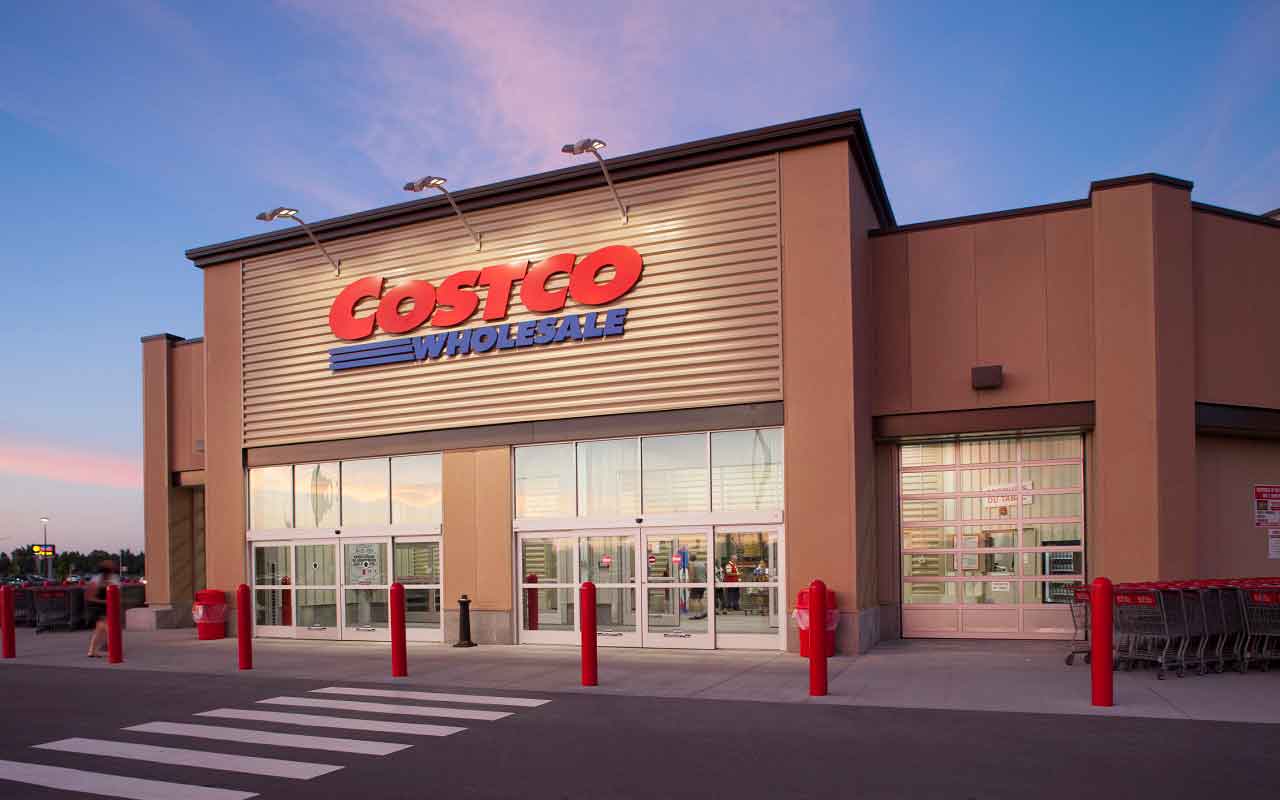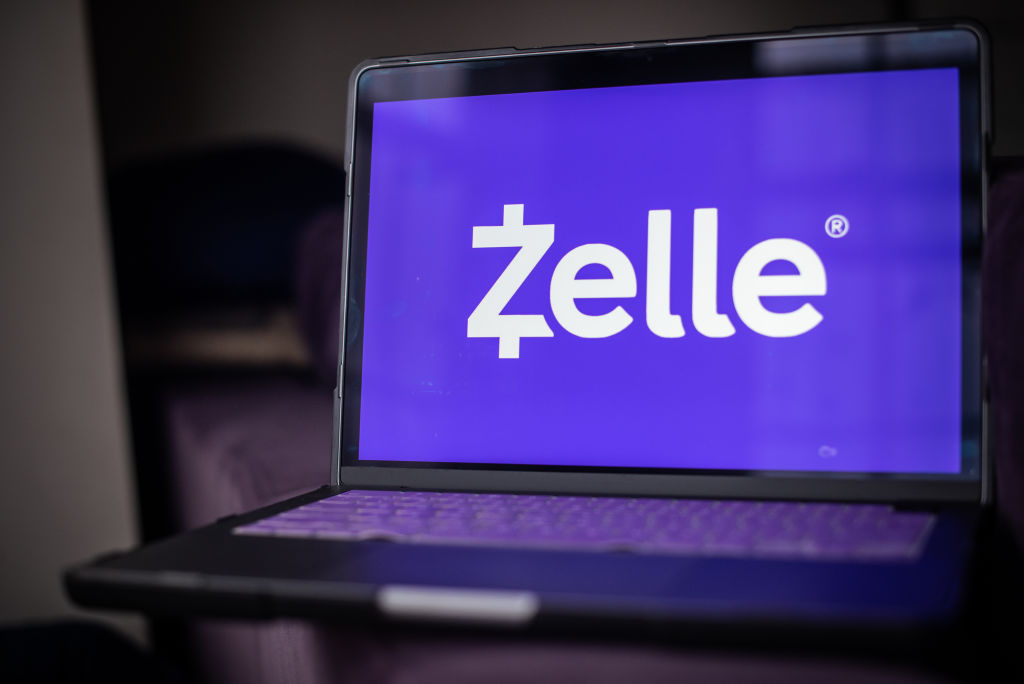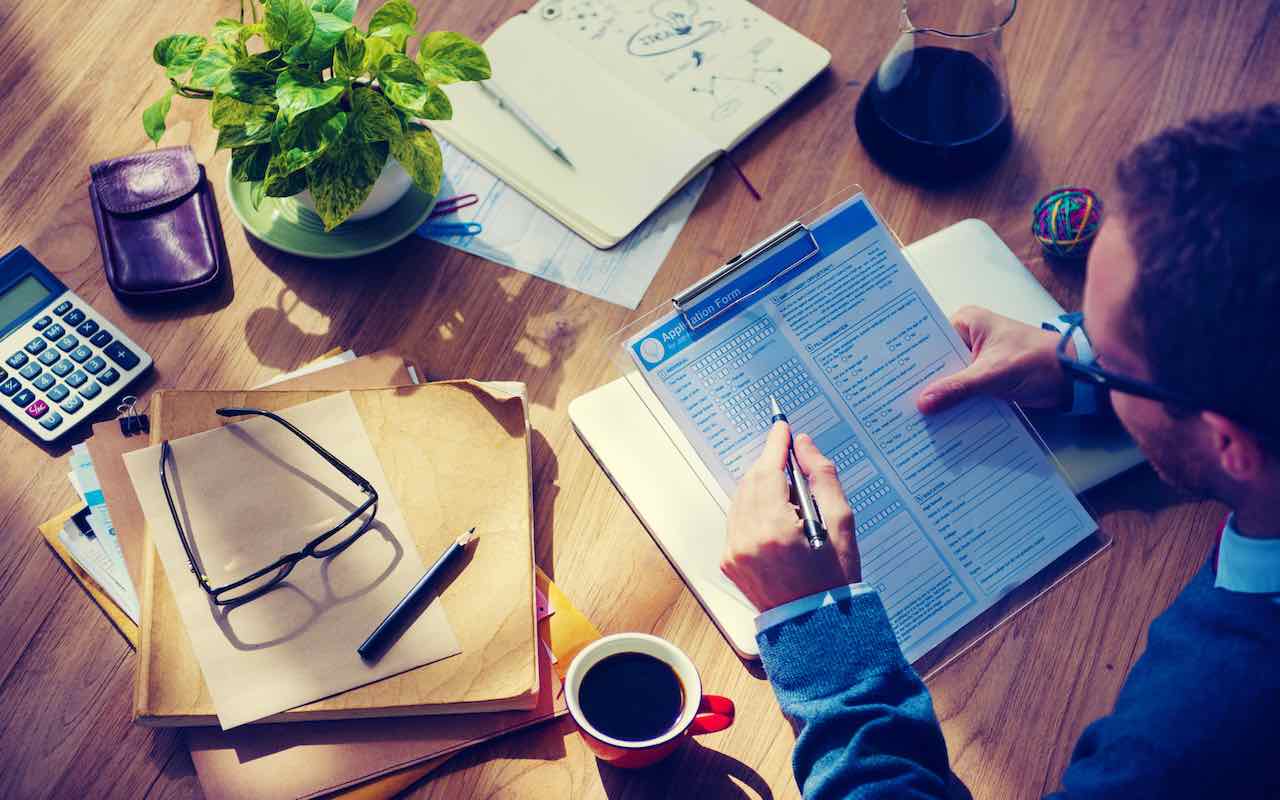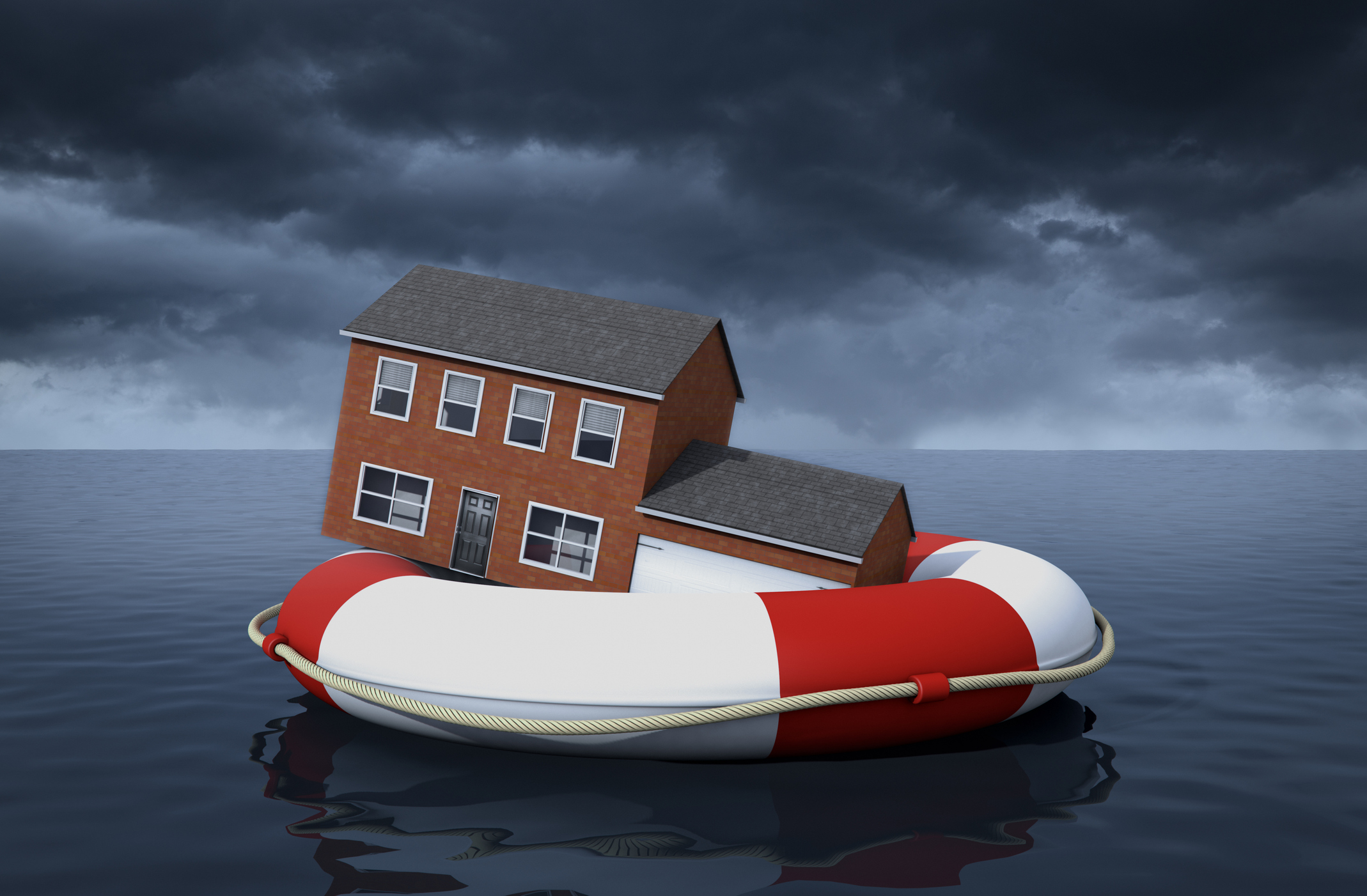4 Ways to Lower Your Home Insurance Premium in 2025
Discover practical steps to lower your homeowners insurance costs and safeguard your investment.


The cost of home insurance is getting more expensive by the day. According to S&P Global Market Intelligence, home insurance premiums rose an average of 13% in 2024, with rates rising more than 20% in some states. As premiums continue to climb, many homeowners are starting to feel the financial strain.
In addition to rising premiums, homeowners are facing challenges in securing affordable insurance coverage due to natural disasters and inflation. In some cases, residents in areas prone to natural disasters are now paying more for insurance and property taxes than their mortgage payments, leading to difficult decisions about maintaining coverage and protecting their largest asset.
This financial strain is particularly evident in states like Florida, where 20% of homeowners pay at least $4,000 per year in insurance premiums. The surge in costs is driven by inflation in building materials and a rise in weather and climate-related disasters, prompting insurers to raise rates and reduce coverage, especially in high-risk areas.

Sign up for Kiplinger’s Free E-Newsletters
Profit and prosper with the best of expert advice on investing, taxes, retirement, personal finance and more - straight to your e-mail.
Profit and prosper with the best of expert advice - straight to your e-mail.
While homeowners insurance premiums are on the rise, there are effective strategies to manage and even reduce these costs. By taking proactive steps, you can lift some of the financial burden without compromising your coverage. Here are four practical ways to lower your homeowners insurance premium in 2025.
1. Bundle your policies
If you haven’t done so already, the first step to take is to bundle your homeowners and auto insurance policies. If you carry any other insurance, bundling all your policies under the same insurer can save you even more money.
The amount of money you can save will vary depending on the state in which you live, the type and amount of coverage you have and the insurer. For example, Liberty Mutual advertises that consumers can save up to $950 on home and auto insurance when bundling policies.
State Farm offers discounts of up to $1,273 with bundling, while Progressive states that new customers save over 20% on average when they bundle their home and auto insurance with the company. Allstate advertises that consumers can save up to 25% on their bundled policies.
2. Ask about discounts
Many insurers offer discounts, but they don’t do so upfront. You will need to call and ask what discounts you may be eligible for before you’ll be able to get many of these discounts. Here are some common types of discounts offered by insurers on homeowners policies:
- New roof discount
- Home security discounts
- Disaster resistance discounts
- Long-term customer or loyalty discounts
- Military discount
- E-billing discount
- Discount for paying all of your premium in advance
- Claim-free discount
- Fire safety discount
- Green home discount
- Retiree discount
Implementing simple home upgrades can lead to savings on your homeowners insurance premiums. Installing a centrally monitored security system may qualify you for discounts from many insurers. Companies like ADT and SimpliSafe offer professional monitoring services that can provide rapid emergency response and round the clock monitoring for a monthly fee.
Installing devices such as smoke detectors, fire alarms and sprinkler systems not only protect your home but may also qualify you for discounts from insurers like State Farm. For instance, Lowe's offers a variety of fire safety products in store and online, including smoke detectors and fire extinguishers to help safeguard your home.
In addition to the discounts offered directly by insurers, you may also be eligible for savings through affiliations with various organizations. Many insurance companies provide group discounts to members of professional associations or alumni groups. Similarly, some insurers extend discounts to employees of companies and members of service organizations they work with.
3. Raise your deductible
You can also save on your homeowners insurance by raising your deductible. A higher deductible can also reduce the impulse to file smaller claims that could lead to a rate hike. The Insurance Information Institute estimates that raising your deductible from $500 to $1,000 can slash your premiums by up to 25%.
Of course, the more you raise your deductible, the more savings you will see on your annual home insurance premium. However, the higher your deductible, the more you will have to save in order to cover home repairs in case something happens.
For example, increasing your deductible from $500 to $2,500 might save you about $500 annually, but you'll need to pay the first $2,500 of any claim. Ensure you have sufficient emergency funds to cover this higher amount.
Otherwise, unexpected expenses could strain your finances. Remember that each claim requires you to pay the deductible, so multiple claims can quickly add up.
4. Improve your credit score or maintain a high credit rating
This last strategy for lowering your home insurance premium is more of a long-term plan. Insurers often use credit-based insurance scores to assess risk, and a higher credit score can lead to more favorable rates.
To improve your credit score, focus on paying all bills on time, keeping your credit utilization ratio low by using no more than 30% of your available credit and regularly monitoring your credit report to promptly correct any errors. Additionally, avoid opening multiple new credit accounts in a short period, as this can negatively impact your score.
Consider using budgeting tools like Quicken Simplifi. This app offers customizable spending plans, helping you track expenses, set savings goals and plan for future cash flows.
For credit monitoring, services like myFICO provide access to your FICO® credit scores and three-bureau credit monitoring, offering insights into your financial health. Alternatively, LifeLock by Norton offers identity theft protection alongside credit monitoring as well.
The bottom line
It's always a good idea to shop around for coverage, even if you’ve been with the same company for years. There is always a chance that you’ll be able to find a lower home insurance premium somewhere else.
Insurance premiums vary widely among providers, and by comparing quotes, you may find a policy that offers the same or better coverage at a lower cost. This proactive approach ensures you're not overpaying and that your policy remains tailored to your evolving circumstances.
Use our tool below, in partnership with Bankrate, to compare today's homeowners insurance options:
Related Content
Get Kiplinger Today newsletter — free
Profit and prosper with the best of Kiplinger's advice on investing, taxes, retirement, personal finance and much more. Delivered daily. Enter your email in the box and click Sign Me Up.
Jacob is the founder and CEO of ValueWalk. What started as a hobby 10 years ago turned into a well-known financial media empire focusing in particular on simplifying the opaque world of the hedge fund world. Before doing ValueWalk full time, Jacob worked as an equity analyst specializing in mid and small-cap stocks. Jacob also worked in business development for hedge funds. He lives with his wife and five children in New Jersey. Full Disclosure: Jacob only invests in broad-based ETFs and mutual funds to avoid any conflict of interest.
-
 The New Space Age Takes Off
The New Space Age Takes OffThe Kiplinger Letter From fast broadband to SOS texting, space has never been more embedded in peoples’ lives. The future is even more exciting for rockets, satellites and emerging space tech.
By John Miley Published
-
 Ask the Editor: Four Reader Tax Questions
Ask the Editor: Four Reader Tax QuestionsAsk the Editor In our Ask the Editor series, Joy Taylor, The Kiplinger Tax Letter Editor, answers questions related to IRAs and other retirement accounts.
By Joy Taylor Published
-
 Home Insurance: How to Cut Costs Without Losing Coverage
Home Insurance: How to Cut Costs Without Losing CoverageNatural disasters are causing home insurance premiums to soar, but don't risk dropping your coverage completely when there are ways to keep costs down.
By Jared Elson, Investment Adviser Published
-
 Why Homeowners Insurance Has Gotten So Very Expensive
Why Homeowners Insurance Has Gotten So Very ExpensiveThe home insurance industry is seeing more frequent and bigger claims because of weather, wildfires and other natural disasters.
By Karl Susman, CPCU, LUTCF, CIC, CSFP, CFS, CPIA, AAI-M, PLCS Published
-
 Should You Get Auto or Home Insurance Through Costco?
Should You Get Auto or Home Insurance Through Costco?Costco members can access discounted insurance through Connect by American Family — but is it really a better deal?
By Paige Cerulli Published
-
 Zelle App Shut Down? Why Zelle Has Discontinued Its App
Zelle App Shut Down? Why Zelle Has Discontinued Its AppWith the Zelle app shut down, learn how you can still use Zelle and which other mobile payment apps you might want to consider.
By Paige Cerulli Published
-
 Use This 1-Year CD if You’ll Owe Taxes Next Year
Use This 1-Year CD if You’ll Owe Taxes Next YearA one-year CD allows you to set money aside now for taxes you'll owe next year. We'll show our best choice.
By Sean Jackson Published
-
 How to Lower Home Insurance Rates When Climate Change Increases Costs
How to Lower Home Insurance Rates When Climate Change Increases CostsA top insurer warns the damage climate change causes is making it cost-prohibitive for insurers in some areas. Learn how to protect your home and lower costs.
By Sean Jackson Published
-
 Stick to the Plan: Don't Panic During Economic Uncertainty
Stick to the Plan: Don't Panic During Economic UncertaintyTake a breath and step back. Focus on a solid fiscal foundation to stabilize your investments during stock market volatility.
By Eric Lahaie, CFS®, RICP® Published
-
 How Inflation Affects Your Finances and How to Stay Ahead
How Inflation Affects Your Finances and How to Stay AheadThe cost of goods and services is certain to rise over time, making it essential to have a financial plan that will help you keep pace.
By Kyle D. Sikes Published